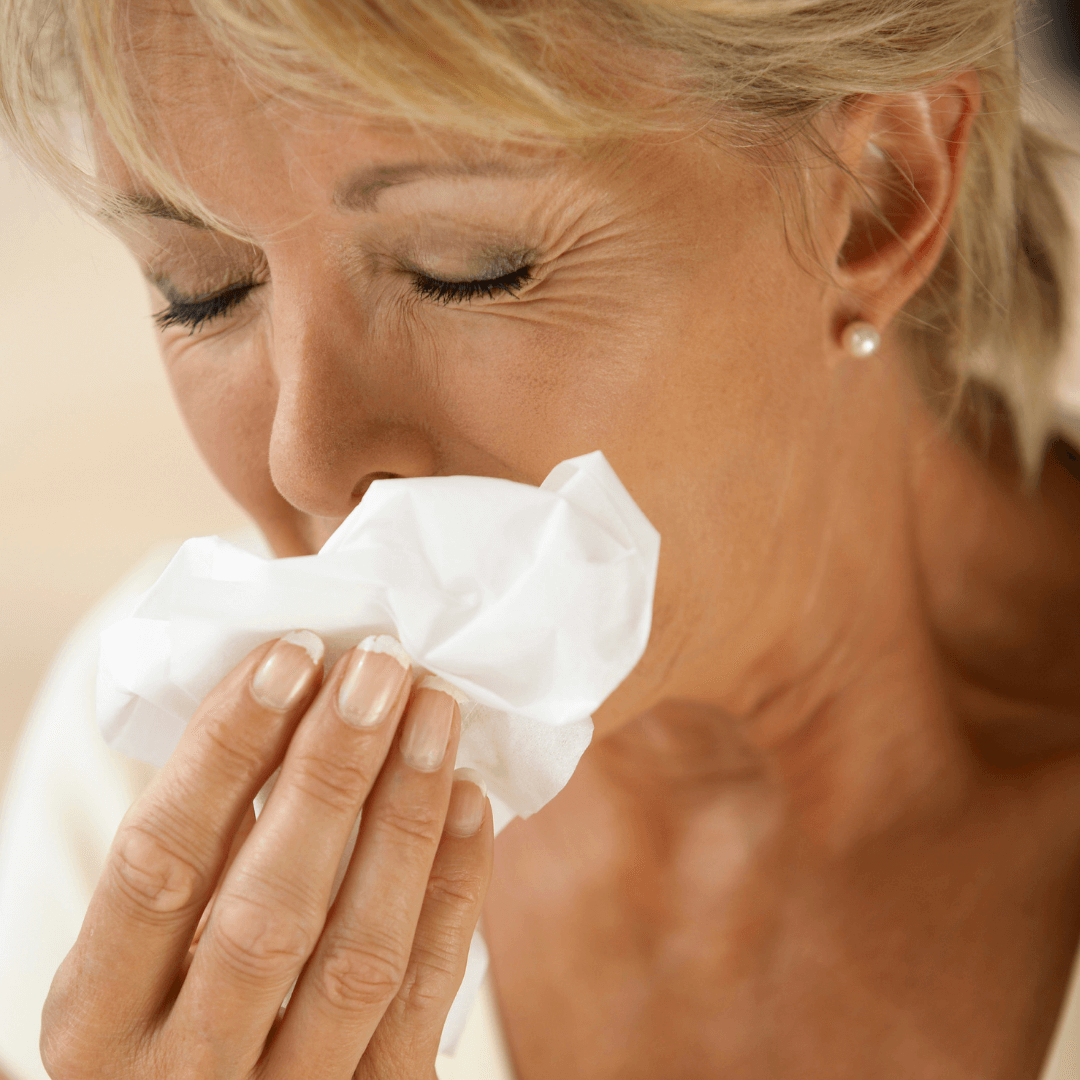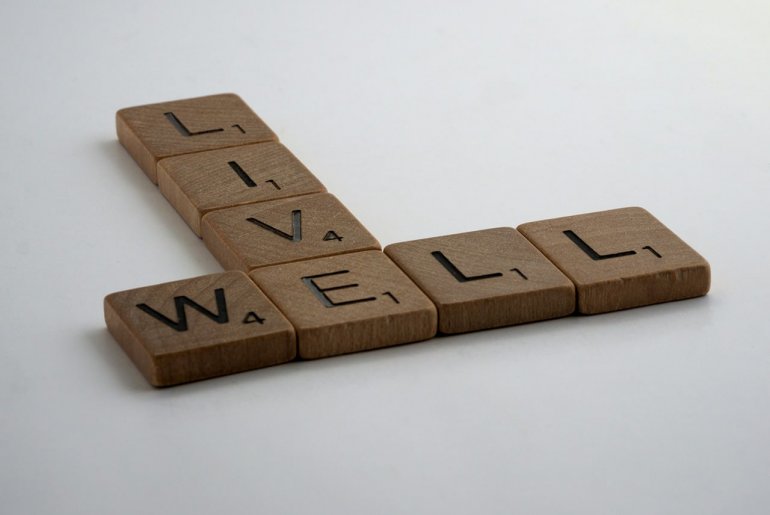Incontinence is a problem that plagues millions of Americans. It can affect anyone, though it is most commonly a health problem for women.
Having a leaky bladder is just one more thing that could come along with menopause but there are some things you can do to lessen your chance of living with this issue.
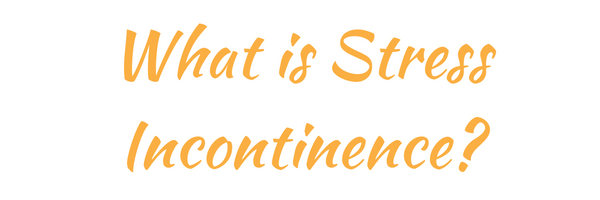
Stress incontinence is when your bladder leaks unintentionally when you do something physical such as laugh, cough, sneeze, run, jump or lift something heavy.
When your physical activity puts pressure on your bladder, your bladder then releases urine.
This incontinence is not related to your coworker or kids stressing you out, rather it is called stress incontinence due to the stress put on your bladder that causes the issue.
The most common symptoms of stress incontinence are pretty straightforward. With stress incontinence, when you do any of these activities your body might release urine.
- Exercise
- Sneeze
- Stand up or sit down
- Have intercourse
- Crouch down
- Lift something heavy
- Get out of a car
It is not likely you will experience this release of urine every single time you do something physical, but anything you do that creates pressure on your bladder can increase your chances of unintentionally releasing urine.
There are also other types of incontinence. (1)
Urge incontinence is another name for an overactive bladder. With this type, you might always feel the need to urinate but be unable to make it to the restroom on time.
Overflow incontinence is when you are unable to release all of the urine that is in your bladder resulting in you dribbling urine after you use the restroom.
Functional incontinence is generally related to something psychological such as dementia. It can also be related to other age-related health problems such as arthritis. These issues prevent you from realizing you need to go to the bathroom and prevent you from being able to get there in a timely manner.
What Causes Bladder Incontinence During Menopause?
As with just about every symptom you’ll face during menopause, stress incontinence can be traced back in part to the fluctuating hormone levels you are now experiencing. Estrogen in particular is partially to blame for you crossing your legs to sneeze these days.
In the years leading up to menopause, your estrogen levels rapidly decline. This drop in estrogen leaves your bladder, vagina and other bodily systems weakened. (2)
During menopause, the tissues in your vagina become thinner and not as elastic as they once were. All of your tissue begins to thin, and this includes your urethra (which is the tube that carries the urine from your bladder).
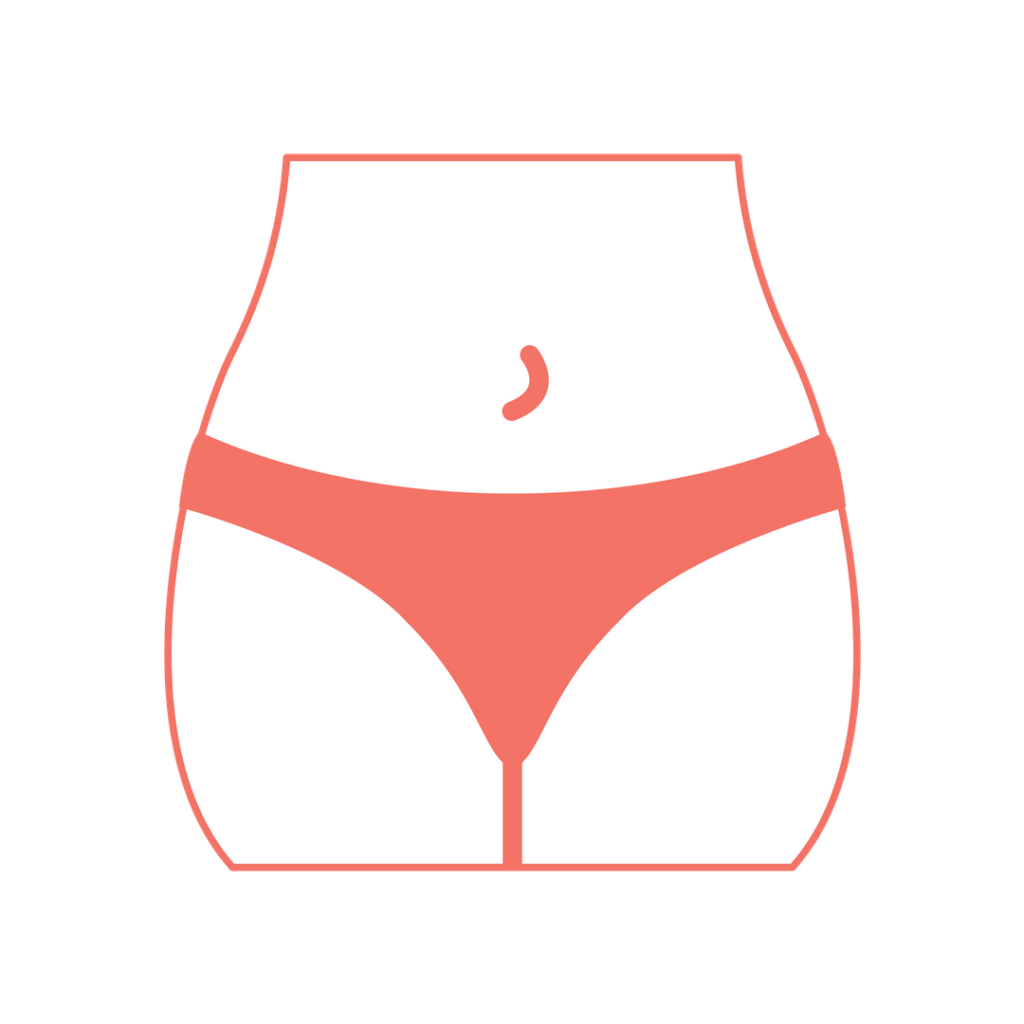
Through life, most women go through changes that will directly contribute to this issue. The muscles of the pelvic floor are weakened during pregnancy and childbirth. This weakening results in things not functioning as they are supposed to and causes you to miss out on laughing too much at funny jokes.
All of these menopausal changes add up to things not functioning the way it once did and you having a leaky bladder. (3)
Other Causes Of Bladder Incontinence
There are other health concerns that can contribute to stress incontinence as well.
If you live with chronic disease or illness such as diabetes, this can cause you to also have stress incontinence. This is because diabetes causes damage to your nerves, resulting in things not functioning properly. (4)
Being overweight or obese can also contribute to your incontinence. (5)
Tips To Overcome Bladder Incontinence
There are some things you can do to help avoid developing a leaky bladder, or to stop the bladder leaks once they have already started.
One of the most common things you can do is Kegel exercises. Kegels are useful for strengthening your pelvic floor muscles. These muscles give support to your uterus, bladder, rectum and small intestine.
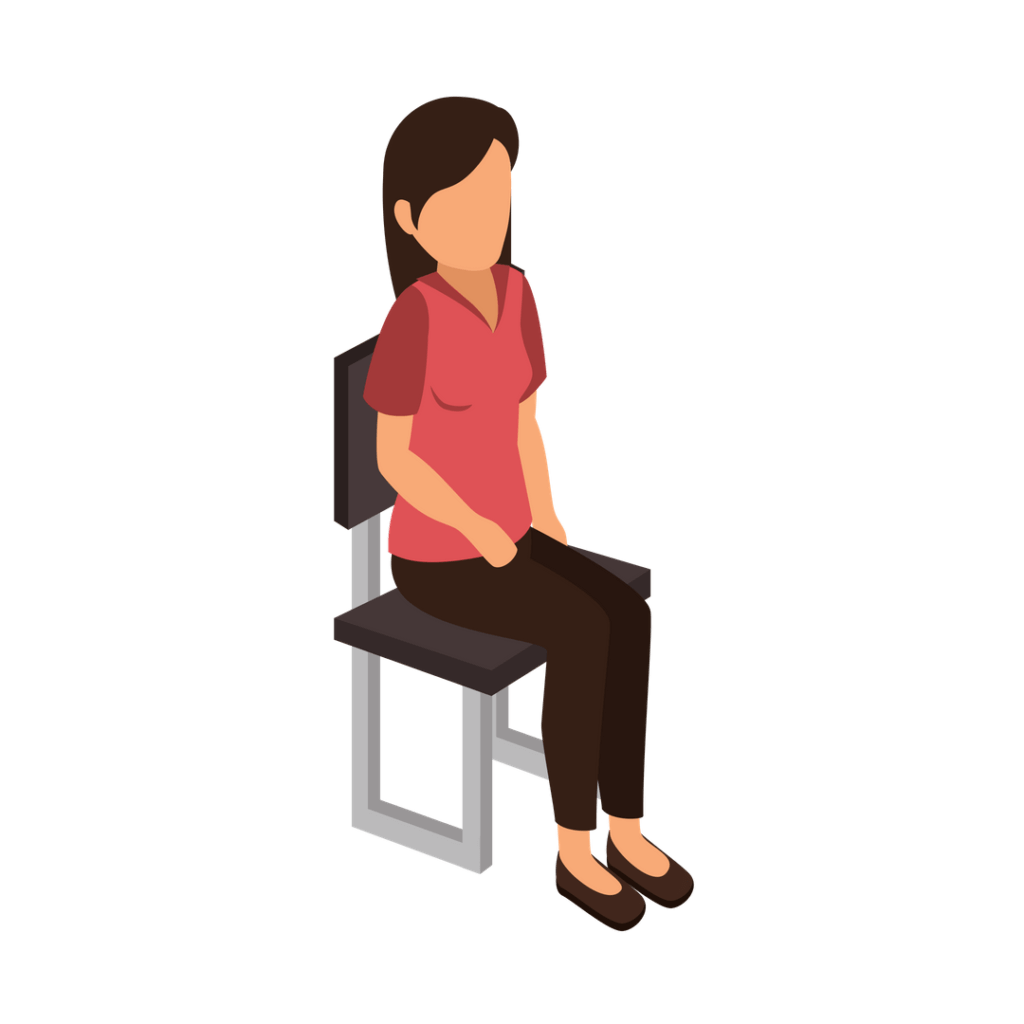
One of the great things about Kegel exercises is that you can do them anywhere and anytime. Unfortunately, most women don’t know how to do them correctly.
You must first locate the right muscles. If you can stop your urination midstream – those are the correct muscles. Now you just need to learn to isolate them. Focus and tighten these muscles for 5 seconds, and then relax for 5 seconds. Work up to holding the muscles tight for 10 seconds. Once you’ve got the hang of it, try to do this a few times a day. (6) (7)
Another thing you can do to help avoid bladder leaks is to use the bathroom when you need it. Stop trying to hold it in until the next highway exit. You’re actually weakening your bladder muscles by doing this. If you need to go, find somewhere and go. Use the bathroom frequently so that bladder leaks don’t become a problem for you. If necessary, use the bathroom on a set schedule so you never allow your bladder to overfill.
Avoid drinks with too much caffeine, like coffee, tea and soda. Also, don’t drink too much liquid later in the day or you’ll be up several times through the night to pee.
Talking To Your Doctor About Bladder Incontinence
There is a range of medical options available for treatment as well, and they can help people with different severity levels of incontinence.
Talk with your doctor about the issues you are facing, and he or she can help you determine the best path forward for you, so you can get back to laughing and sneezing like you used to!
REFERENCES
- https://www.webmd.com/urinary-incontinence-oab/types-of-urinary-incontinence#1
- https://bladdermatters.co.uk/content.php?id=164g=2/Role-of-Estrogen
- https://www.ncbi.nlm.nih.gov/pmc/articles/PMC3120214/
- http://journal.diabetes.org/diabetesspectrum/98v11n4/pg241.htm
- http://europepmc.org/abstract/med/18760738
- https://www.mayoclinic.org/healthy-lifestyle/womens-health/in-depth/kegel-exercises/art-20045283
- https://www.vergowoman.com/daily-kegel-exercises/

